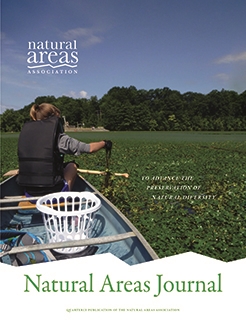BioOne.org will be down briefly for maintenance on 14 May 2025 between 18:00-22:00 Pacific Time US. We apologize for any inconvenience.
EDITORIAL (1)
RESEARCH NOTE (1)
BOOK REVIEWS (8)

Land Stewardship and Protection of an Endangered Plant Species in an Insular World Biosphere Reserve
